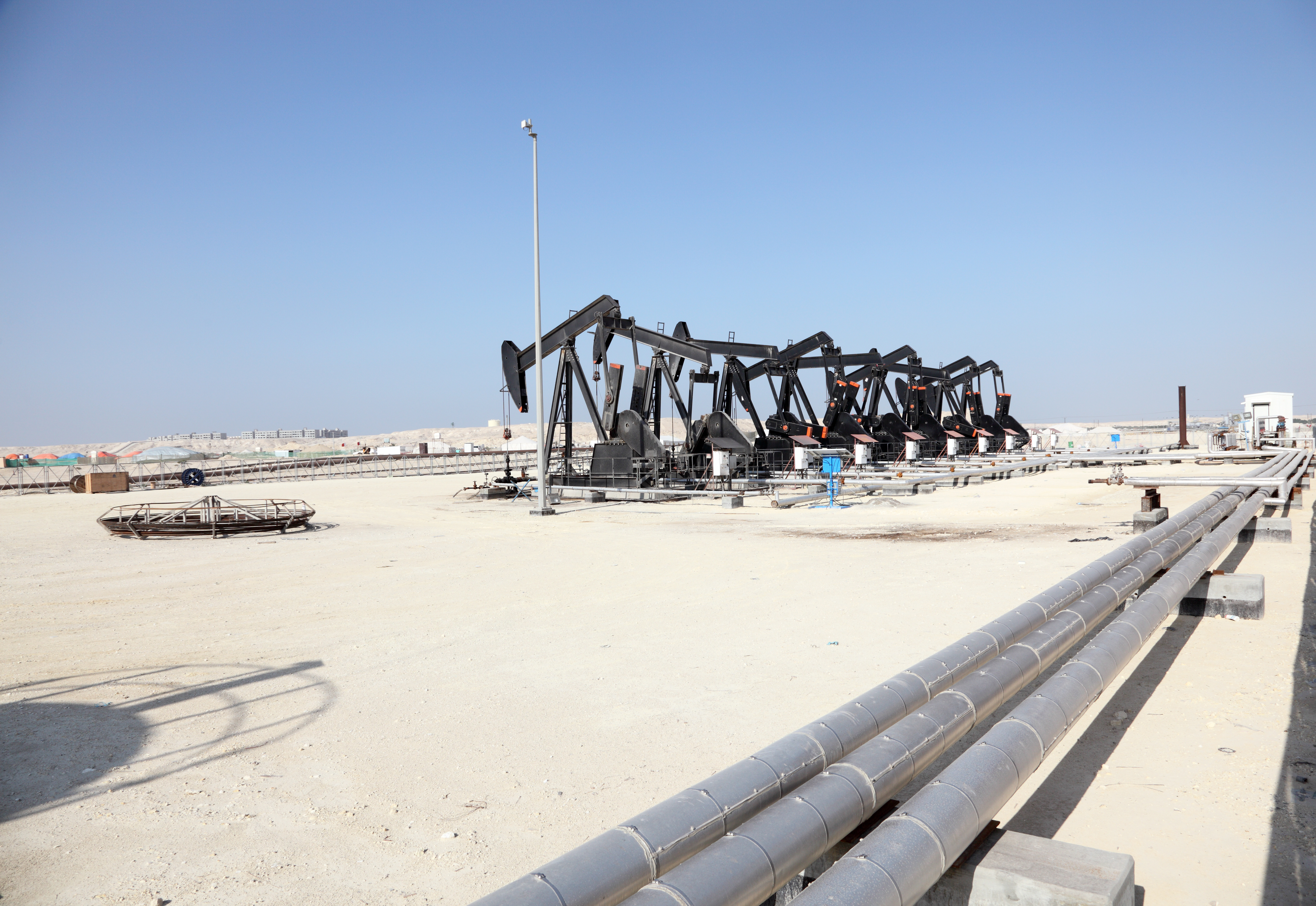
Keep in mind that U.S. shale drillers will be able to make a lot of money if oil prices go up to $60 as I describe the distress facing Saudi Arabia.
Four articles for your consideration:
- Shale drillers likely to get busy if oil hit $60
- Saudi Arabia still in distress in spite of successful bond issue
- One Saudi official cautions bankruptcy could be a few years off if oil prices continue the way they are
- Another article describing the distress in Saudi Arabia because of low oil prices
11/16 – Reuters – IEA expects US shale output rise if OPEC pushes oil to $60 – IEA expect there will be a lot more drilling and production coming out of shale fields in the US if prices go up to $60. If OPEC (meaning Saudi Arabia) reduces production sufficiently to drive up prices it will draw shale drillers back to work.
I take exception to one comment made by IEA, specifically that it will take nine months for any new production to get on the market. Ponder for a moment that at the end of September there were 861 wells on the fracklog in North Dakota. Those are wells that have been drilled to total depth and merely need to be fracked in order to start producing. Oil from those wells can on the market as soon as fracking crews can be put in the field. It will only take a few months, not nine, to get a lot of new oil on the market.
11/2 – Bloomberg – Saudi Arabia’s Bond Success Hides Its Financial Peril – The $17.5B bond offering was oversubscribed by a factor of four. Perhaps the high rates had something to do with that: 2.6% for 5 years, 3.41% for 10 years, and 4.63% for 30 years.
There are still severe challenges for the Saudis. Consider the fast drain on foreign reserves as an indicator on how badly the kingdom miscalculated their plan to flood the market with oil.
Deficits
- $98B – 2015 deficit
- $87B – projected 2016 deficit
Look at the foreign reserves, according to a graph in the article:
- $737.0B – foreign reserves August 2014
- $555.3B – foreign reserves July 2016
- $181.7B – drop in about 2 years
A projected $87B deficit in 2016 with reserves of $555B gives a burn rate of just over six years. Ponder yet again how radically the world has changed in two years: calculating an updated burn rate for the Saudi foreign reserves is a thing.
The Vision 2030 plan to reengineer the oil economy into a knowledge economy faces many challenges. In addition to the others I’ve read about (particularly switching a society from an entitlement driven mindset to entrepreneurial mindset) is the 30% unemployment rate for youth and two-thirds for the people under 30 years of age. Making that switch will require 3M new jobs in the next 14 years.
10/23 – Arabian Business – Saudi official warns over bankruptcy in ‘three to four years’ – The deputy economy minister said that unless the government doesn’t generate more economic austerity measures, the government will face bankruptcy in 3 or 4 years because of low oil prices.
Consider the next comment in light of the crucial need to transition most workers to an entrepreneurial mindset in order to achieve the Vision 2030 plan:
The civil service minister said civil servants are working an hour a day or less. Article doesn’t include a qualifier such as most, nearly all, or typically. Let’s assume it is most.
He says civil servants have a very poor work ethic.
Consider what a massive change in mindset will be needed to transition the economy when most people work for the government and most of those have the above described attitude.
11/13 – The American Interest – Riyadh is Reeling From Bargain Oil Prices – Article cites discussion at Financial Times that amongst the petrostates in the Middle East, it is Saudi Arabia feeling the most impact from low oil prices. Their national budget was most dependent on oil thus they are hurting the most.
Article points out the government’s budget needs an oil price of $92 to breakeven. As I have mentioned before, there is a difference between Saudi Aramco’s breakeven price and the Saudi Arabia government’s breakeven price.
One of many ripple effects is the GDP growth in Saudi Arabia is expected to drop from an average of 5% annually to about 1.9% annually in another four years.
Even if oil prices hit what is the most optimistic forecast at the moment, $65 a barrel, that wouldn’t end the severe cash drain. What $65 oil would do is put a lot of drillers in the U.S. shale fields back to work at a high pace, which would pull down oil prices. Even if $65 was sustained, that would still leave Saudi Arabia in financial distress.